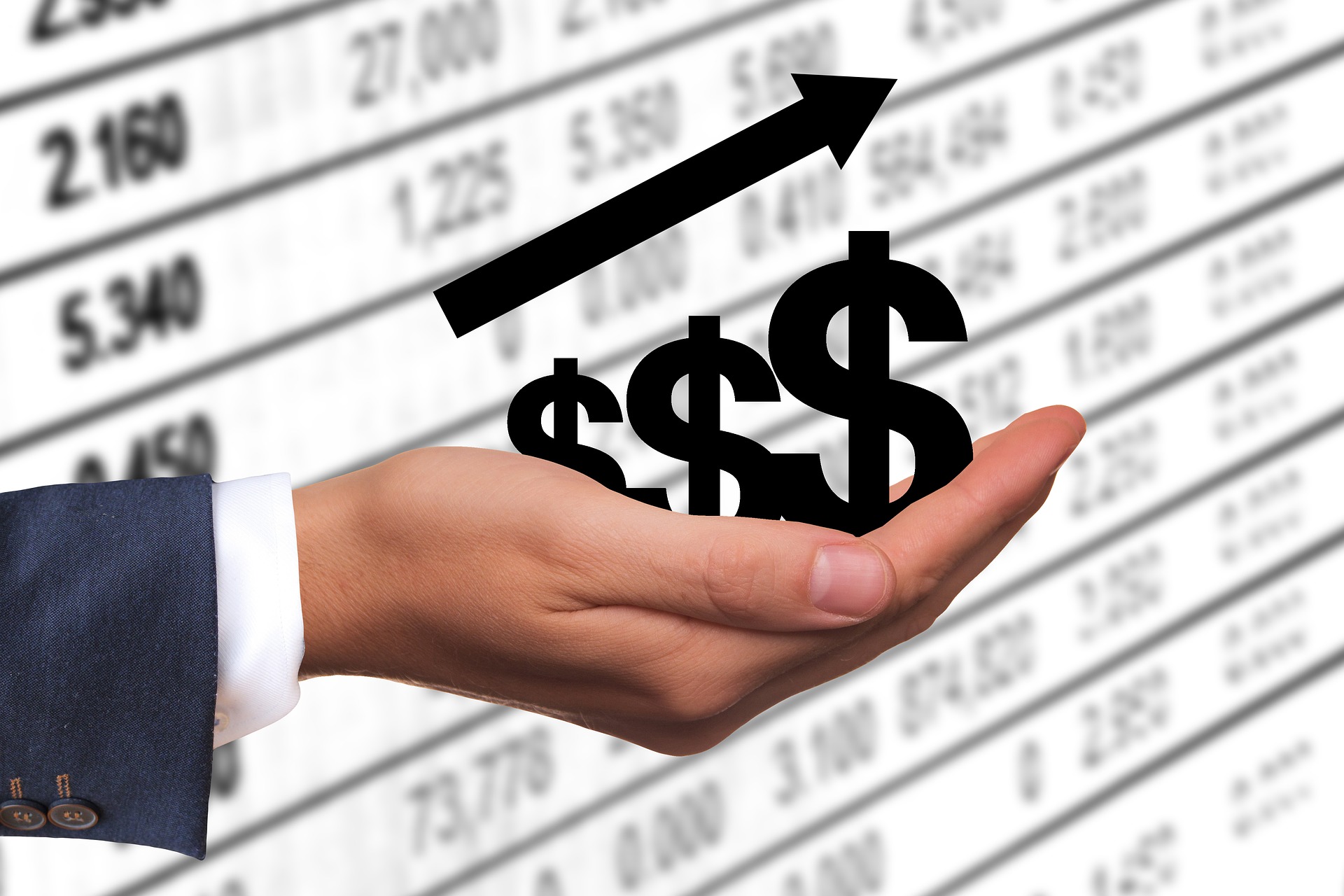
03 Feb The value of dividends when you’re investing long-term
Photo: pixabay.comQ. I am not an economist but I think that the value of stocks should be based on the yield by dividends and not necessarily on total return. If I am correct, what is the percentage return in dividends when stock prices remain stagnant? I would expect the markets to go down when the yield gets low relative to the price of stocks.
— Non-economist
A. It’s often a mystery to understand why some stocks go up and some go down.
In reality, a stock is worth whatever someone else is willing to pay for it.
In the short-term, stock prices can be a real guessing game, said Bernie Kiely, a certified financial planner and certified public accountant with Kiely Capital Management in Morristown.
“Short-term buying and selling stocks is called trading, which is speculating and is not unlike gambling,” he said. “When you buy a stock for the long-term, you are investing.”
According to business finance textbooks, a stock is worth the present value of future cash flows discounted at an appropriate interest rate, Kiely said.
He said a profitable corporation may or may not pay out part of its profits in the form of a cash dividend to its shareholders.
New high-tech companies may instead decide to reinvest all profits back into the company, he said.
An example of this type of company is Amazon Corporation.
“Amazon is currently selling for over $1,800 per share and has never paid a dividend,” Kiely said. “By reinvesting all profits, Amazon has grown quickly which resulted in its stock price which also grew quickly. In 1997, Amazon’s stock price was $1.50 per share!”
Kiely compared that to Procter & Gamble, which is a more mature company.
“P&G is a food company, and every one needs to eat in good times as well as in bad,” he said. “So, P&G is a solidly profitable company with a decent dividend.”
He said currently, P&G pays a quarterly dividend of 75 cents per share or $3 per year. If you take the annual dividend and divide by the share price, you get the annual dividend yield. P&G’s annual dividend yield is currently 2.38%, which is higher than the interest from a savings account, he said.
“Now, stocks go up and stocks go down. Back in the year 2000, P&G dropped from a high of $34.79 to a low of under $17.78 in a few short months,” Kiely said. “But people have to eat and if you waited patiently, you would have seen P&G’s price get back to its high by July 2004.”
You asked what happens to a stock’s dividend yield when a stock’s price becomes stagnant.
Kiely said a stagnant stock price is a price that goes sideways over a long period of time. As long as the company’s profits hold up, the company can maintain its dividend, resulting in a stagnant dividend yield, he said.
Email your questions to .
This story was originally published on Feb. 3, 2020.
NJMoneyHelp.com presents certain general financial planning principles and advice, but should never be viewed as a substitute for obtaining advice from a personal professional advisor who understands your unique individual circumstances.

